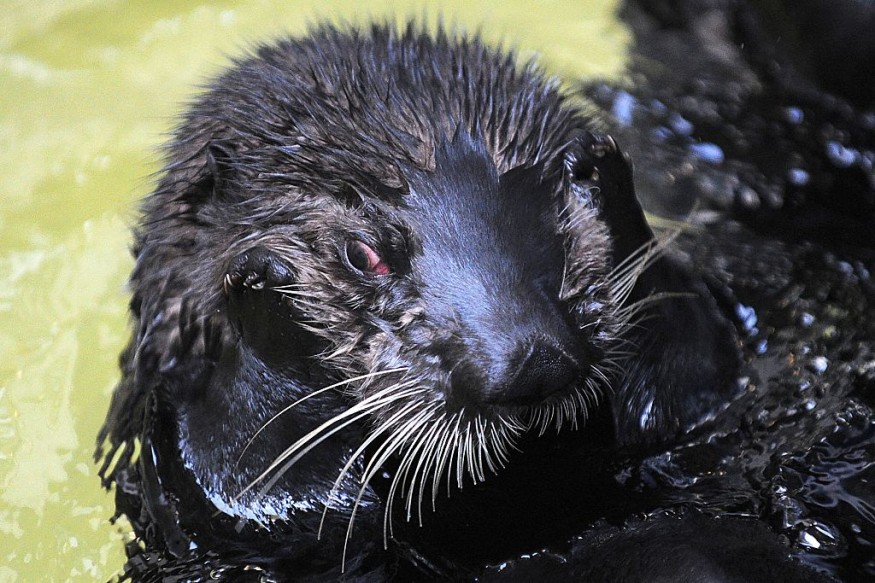Wolves placed Alaskan sea otters on Pleasant Island off the coast of Alaska to be their main prey in the menu for several years already, according to a new study led by scientists in the United States. The phenomenon comes after the canine predators destroyed their deer prey on the island. The new research found that the killers only involve a pack of wolves who managed to get into the island a decade ago.
Members of the wolf pack reportedly drag the sea otters from shallow waters into land or ambush them when the otters are resting on rocks along the shore. The research also determined the wolves have been stalking the squishy mammals from their natural habitat instead of only eating their washed up carcass into shore. This indicates that the wolves have intentionally chose the otters in their diet.
Sea Otters in the Menu

The study was published in the journal PNAS on Monday, January 23, where scientists from Oregon State University and the Alaska Department of Fish and Game assert that the unusual behavior of the wolf pack is the first case of sea otters becoming the primary prey of a land-based predator such as the wolves.
The research team emphasized that the significance of their study revolves around the fact that there has been substantial effort to understand how sea otter recovery transforms nearshore ecosystems. However, the effects on terrestrial systems remained uninvestigated, according to the PNAS study.
Historical records reportedly do not suggest any evidence that wolves also prey on marine mammals like sea otters not until the new discovery mentioned earlier in this article. The incident is considered to be the first documentation that sea otters (Enhydra lutris) as the main food source of mainland wolves.
Traveling to Pleasant Island
Pleasant Island has an area of 20 square miles (52 square kilometers) located approximately 40 miles (67 kilometers) west of the city of Juneau, Alaska. The discovery by the Oregon researchers and Alaskan wildlife authorities confirmed that the wolf pack was responsible for the otter carnage after the former's arrival into the island
In 2013, the pack first swam to Pleasant Island, which led to the subsequent plummet of the deer population. Instead of leaving, the research team determined the pack stayed since 2015, a finding based on tracking method that revealed how the wolves adapted to eat the Alaskan sea otters, as summarized by Live Science.
First Findings
To study the wolf pack's eating habits, the researchers installed GPS collars to some wolf members and collected 689 samples of wolf scat, where most was found along the island's shoreline. The team then conducted DNA analysis of the samples, where the team identified the wolves it came from and their diet.
The PNAS study in January 2023 serves as an update of the findings presented in the research group's initial findings between the wolves and sea otters published in the journal Ecosphere in 2021.
© 2025 NatureWorldNews.com All rights reserved. Do not reproduce without permission.





